Are you about to have your female cat spayed or your male cat neutered? Congratulations on being a responsible cat owner! These are routine procedures and the chances of problems are slim.
However, as with any medical procedure. you should be prepared. Learn all about post-op care and what to look for after a spay or neuter surgery.
Spaying or neutering your cat - What to look for after the operation
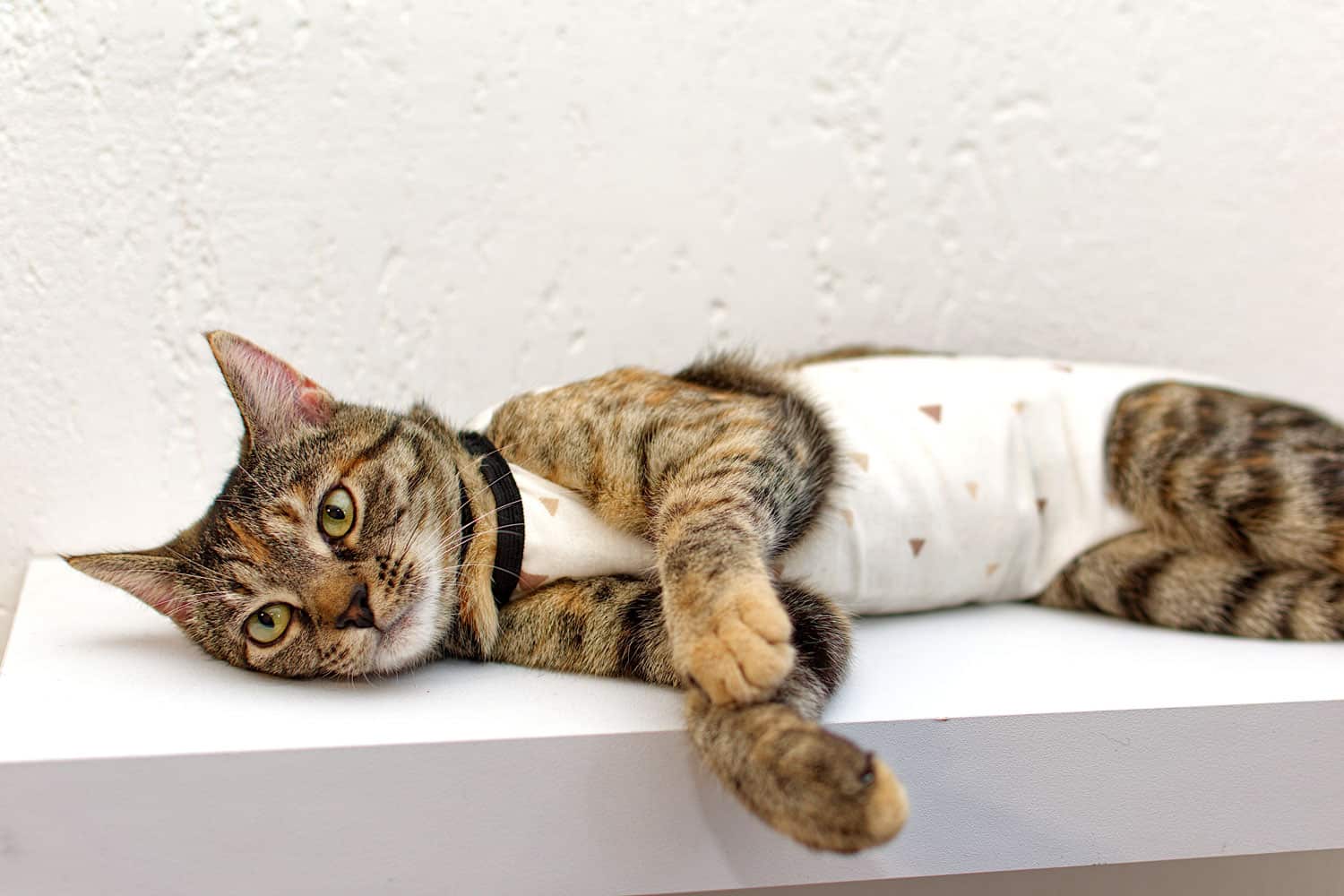
Many organizations work hard to develop spay/neuter programs in communities that have never had a low-cost option.
Founder Ruth Steinberger says, “We stress how important it is to ask questions about care for cats following surgery in order to keep them healthy and to get a good start on a long life.”
First-time cat owners won’t know what potential problems to look for. Experienced cat owners may need to refresh their knowledge if it’s been a while since they’ve had a new cat.
What’s normal and what’s the cause for a call or visit to the veterinarian?
Dr. Cindy Houlihan, DVM and owner of The Cat Practice in Birmingham, Michigan, says it’s important to monitor your cat’s behavior for two weeks after the operation.
The first 48 hours are especially important. Her daily checklist includes:
- Any signs of bleeding or discharge, particularly on the first day
- Pale gums or paw pads
- Swelling or redness
- Poor appetite
- Lethargy
- Excessive licking
- Change in behavior
- Stiff walking or sensitivity to touch
Older or overweight cats will have a longer recovery period than a young kitten. Willowy says her five-year-old cat, Sonja, didn’t want to move for the first three days, while the younger cat, Pixie, felt well enough to remove a couple of her own stitches.
With extra pain medication, Sonja began her recovery too. Each cat’s tolerance for pain may be different.
TheCatSite member Ananya says her cat Gucci was five years old and had never gone into heat.
The veterinarian decided on a more invasive surgery which meant a larger incision. He found Gucci’s uterus and ovaries were malformed.
The second day after surgery, Gucci was still uncomfortable and not eating as much as usual so she went back to the doctor for an injection of antibiotics which helped.
Another member, @lyrajean, recommends scheduling surgery the day before you have time off work - then you can be at home to supervise the pain medications, the post-surgery e-collar (the hated cone) or baby-sized shirts worn to protect the incision from your cat’s curiosity.
Her cat Aya, put up quite a protest over wearing the cone.
SIGN UP FOR THECATSITE'S EMAIL UPDATES >
Pain management following spaying and neutering
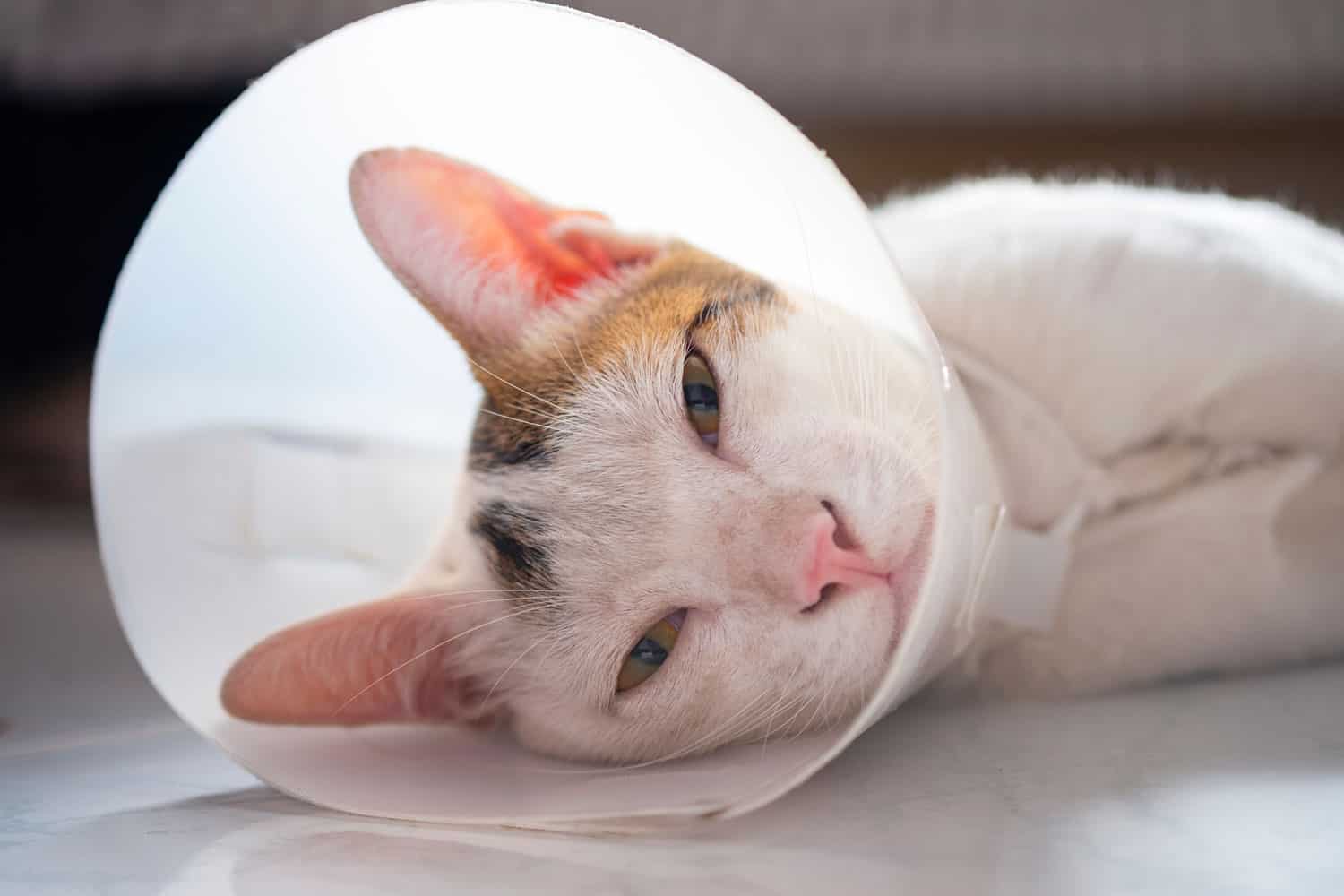
In the wild, a wounded animal is vulnerable so pets have learned to hide their pain, even from family. Veterinarians are able to administer pain medication prior to the surgery.
Relief can last a couple of days and gives your cat a head start on controlling her discomfort.
Discuss post-op pain management with your veterinarian. Pilling a cat can prove to be an almost impossible job in some cases, so bring this up if it's an issue with your cat.
Your vet should be able to help you plan an effective pain management strategy that won't necessarily rely on pilling.
Know who to call if something goes wrong
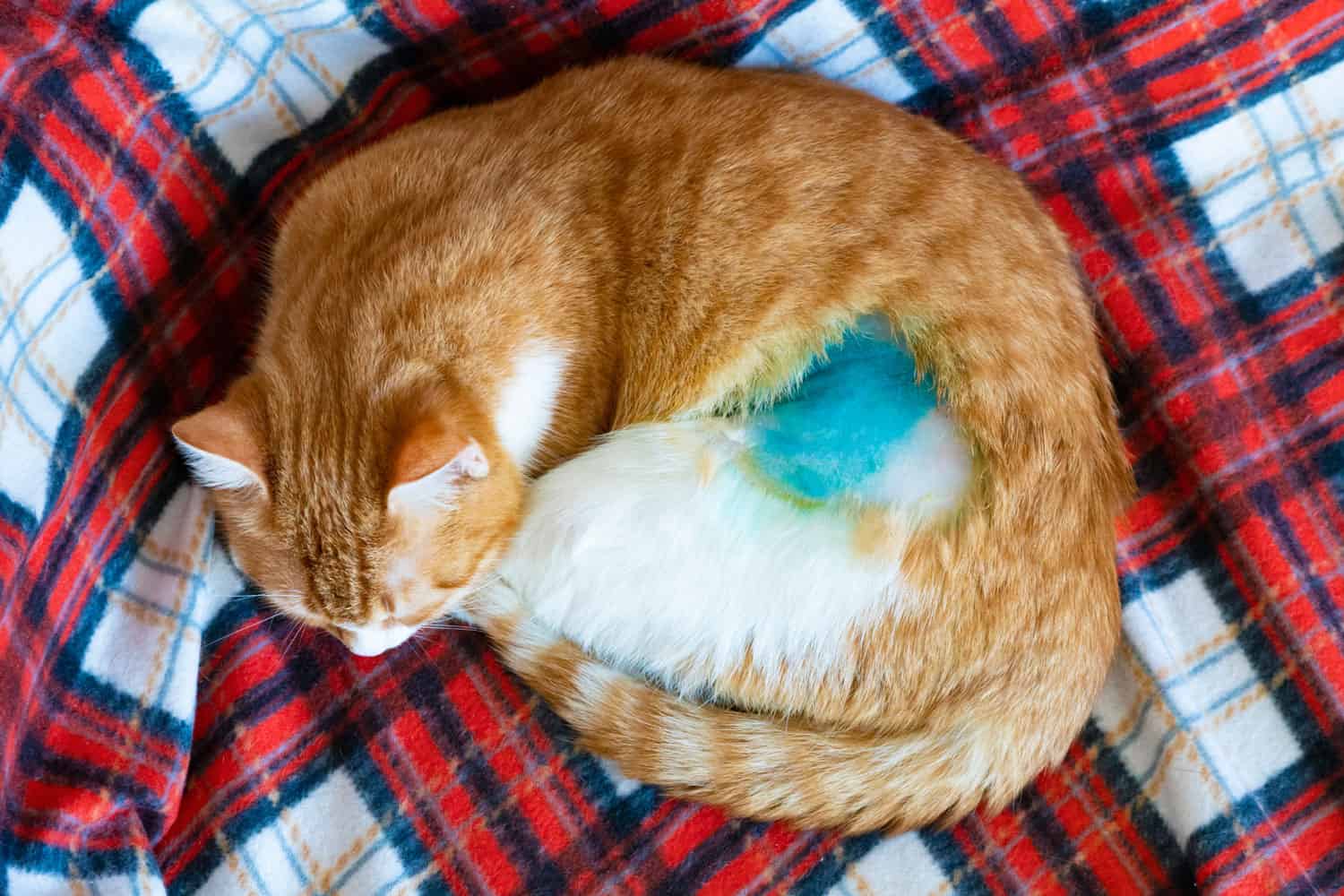
It pays to know who to call after hours in case your cat has a problem. @AbbysMom got no follow-up instructions from the vet so she was in a panic when Abby vomited and urinated in the crate.
Luckily, she was able to reach a vet tech at the doctor’s office who could tell her what to do. Withholding food for the evening helped and the vet called to check or make suggestions until Abby was herself again.
A reaction to anesthesia can be a problem. Ask what kind your vet plans to use. Often gas makes for an easier recovery than an injectable version.
Know what will work best for your pet. Age, weight, general health, and breed can all play a factor.
Male cats have it somewhat easier because neutering is a less invasive surgery but they don’t get a free pass.
Their recovery time will be shorter, but they’ll still need to keep quiet and suffer through daily exams for any signs of a problem.
Dr. Houlihan says, “For many years, pain management was under-recognized and under-used. Veterinarians now plan ahead to keep your cats as comfortable as possible after a spay or neuter procedure.”
All owners worry. Make a list of questions to ask so you don’t get nervous and forget, be sure to get follow-up instructions, and watch your cat for signs of any problems.
It won’t take away all the worry but it will take away the panic.
Is the spay incision infected?
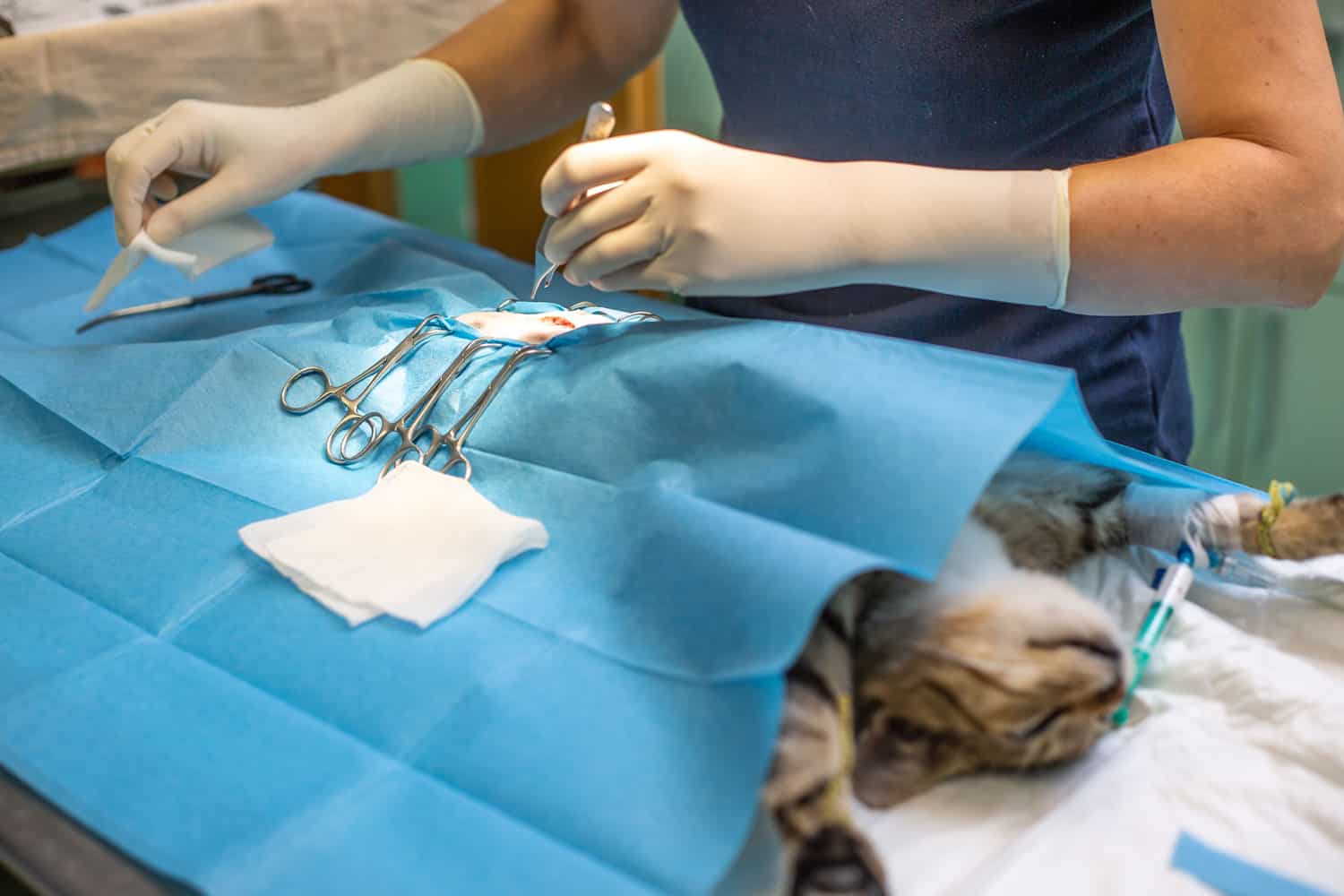
That's a question we often get in the health forums from worried owners.
It can be difficult to assess whether an incision is just slightly red and swollen - as is to be expected after any surgery - and when you're actually seeing the first signs of infection setting in.
We're about to share some images here, collected from posts made by concerned cat owners in the forums. Before we do that, a word of caution.
No online advice can replace that of a qualified veterinarian. If in doubt, always contact your vet! Take a photo of the incision and send it to him or her.
They will be able to assess whether you need to bring Kitty in or not.
And don't forget to monitor other things as well. If your cat seems lethargic or if anything else worries you—call your vet as soon as possible.
Photos of healthy spay incisions
Photos of infected spay incisions
Infection usually takes time to set in. Bacteria in the wound require time to multiply and then the cat's immune system begins to react, creating an inflammatory reaction.
In these cases, the members who posted the photos returned to let us know what their vet has said, so what you see are fully-diagnosed cats.
It can be hard for the untrained eye to see the difference. So once again, if you suspect any complication following a spay or neuter—or any other type of surgery for that matter—call your vet!
SIGN UP FOR THECATSITE'S EMAIL UPDATES >
Related articles:
Comments? Leave them using the form below. Questions about your cat? Post them in the cat forums.
The forums are the only place where you can get quick answers to your cat-related questions. Please do not use the comments section to ask questions about your cat.
Note: We may get commissions for purchases made through links on this page.

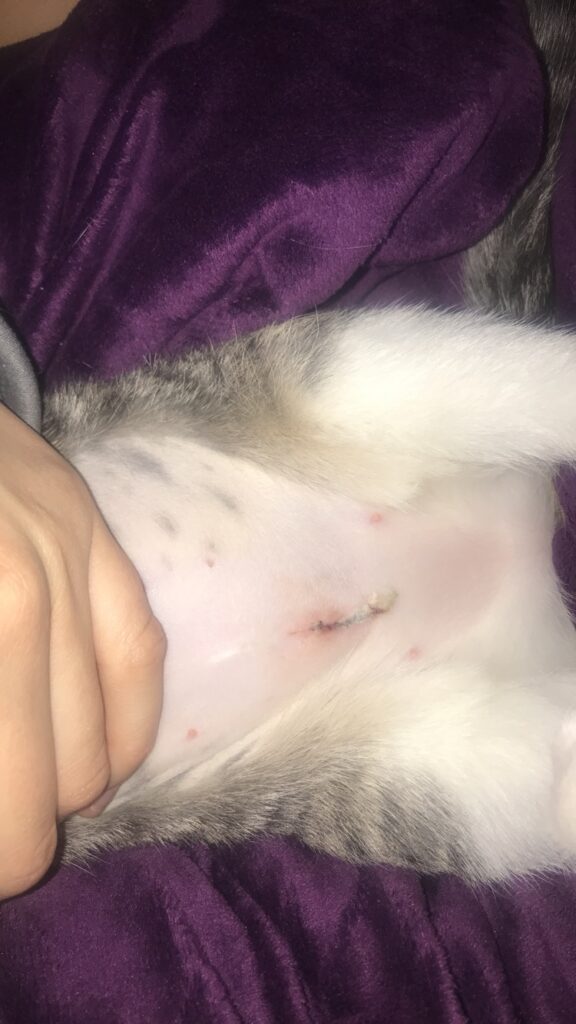
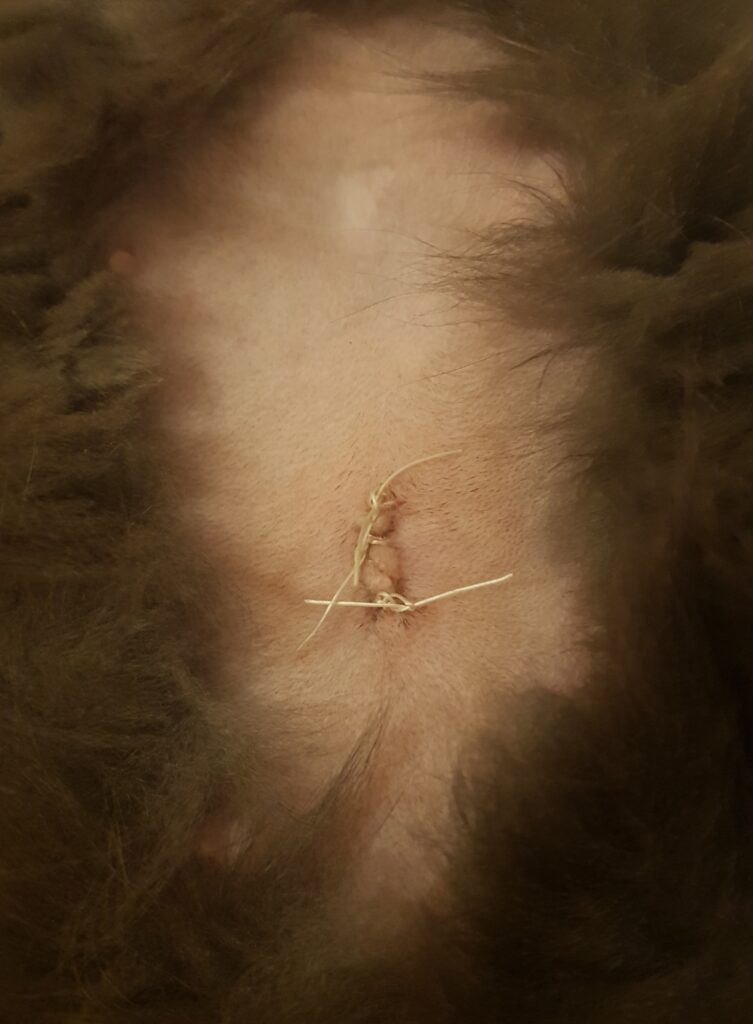
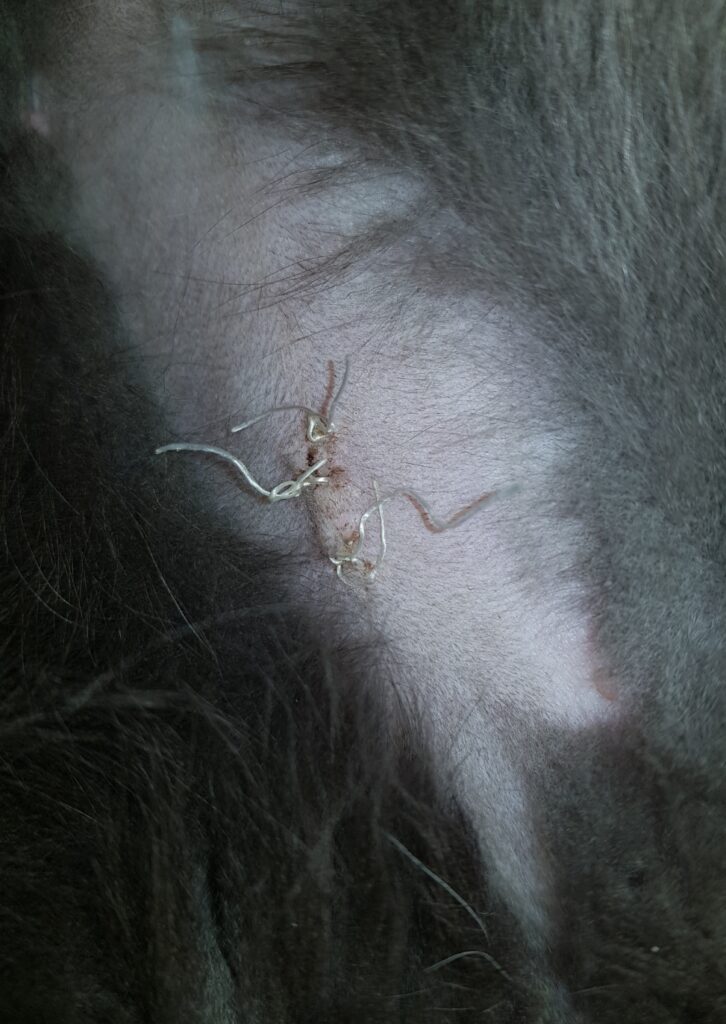
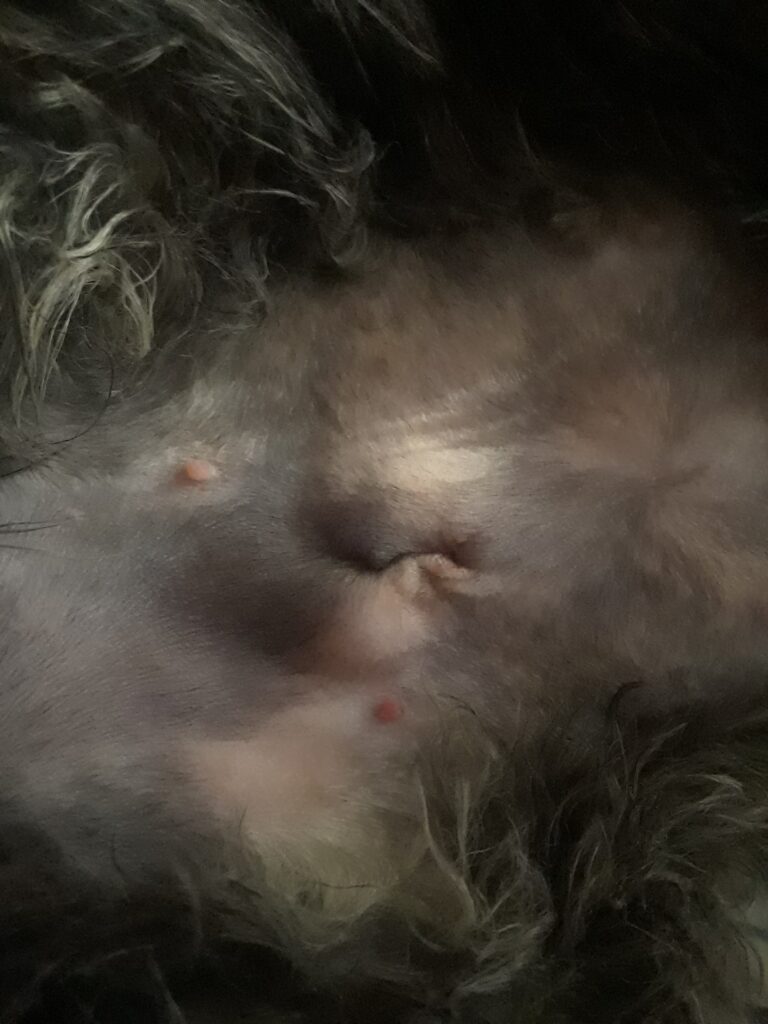
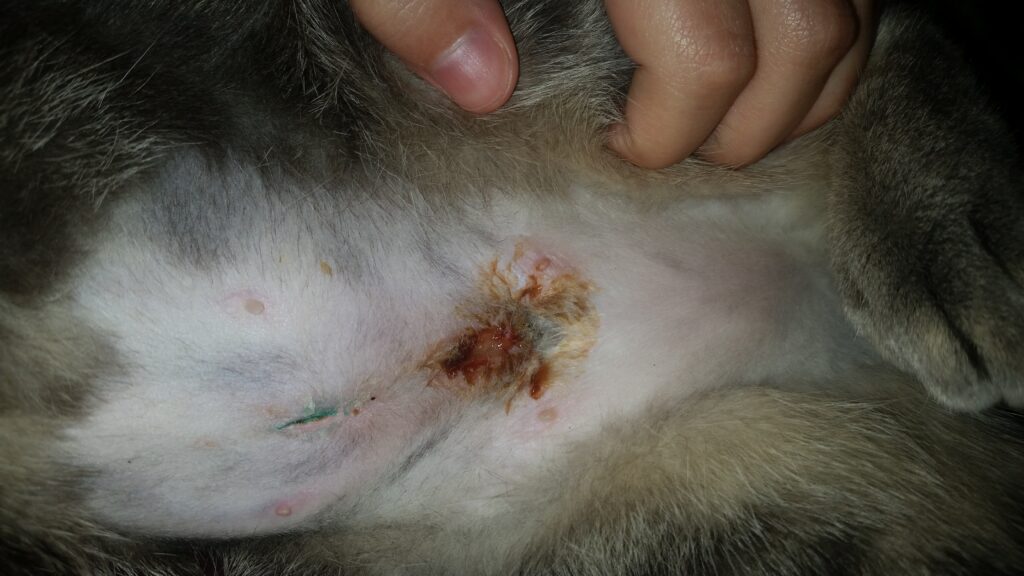
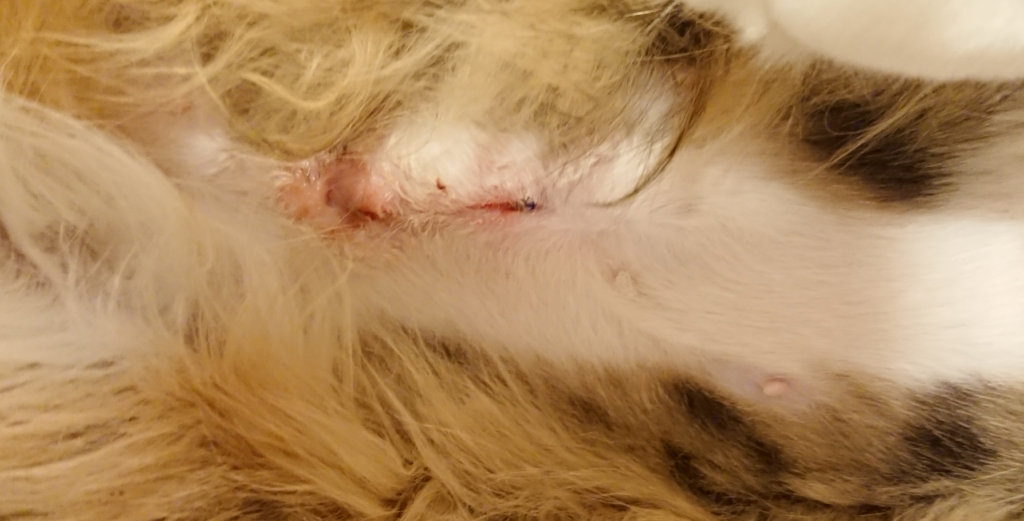
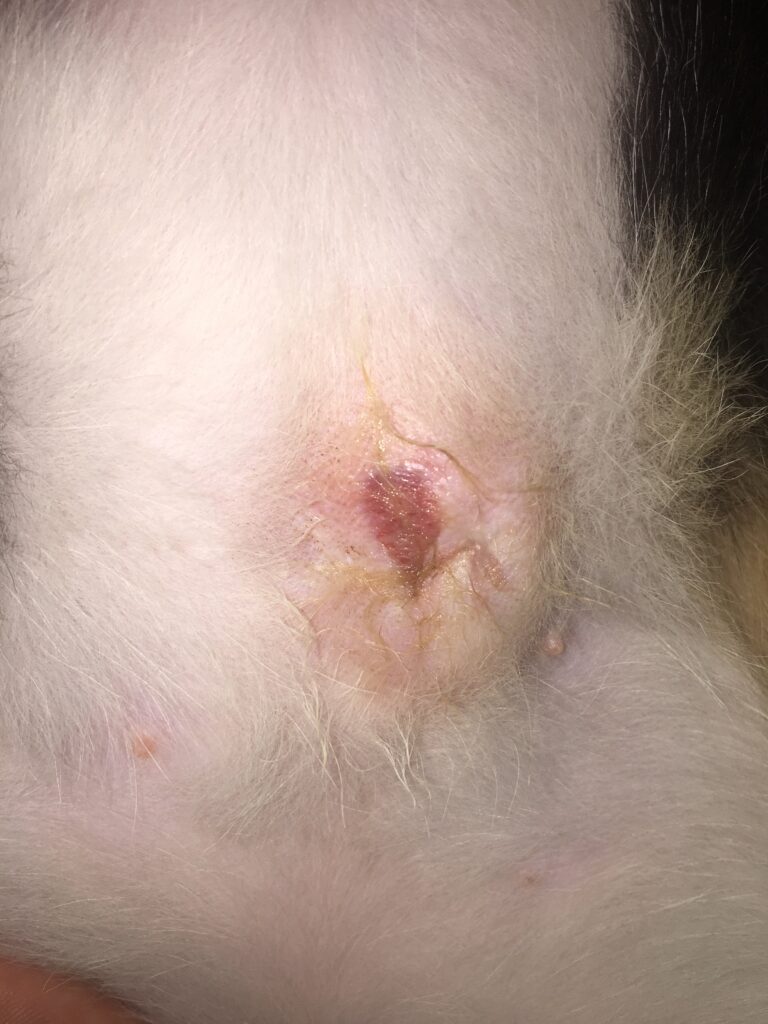



11 comments on “Spaying And Neutering – What To Look For After Surgery”